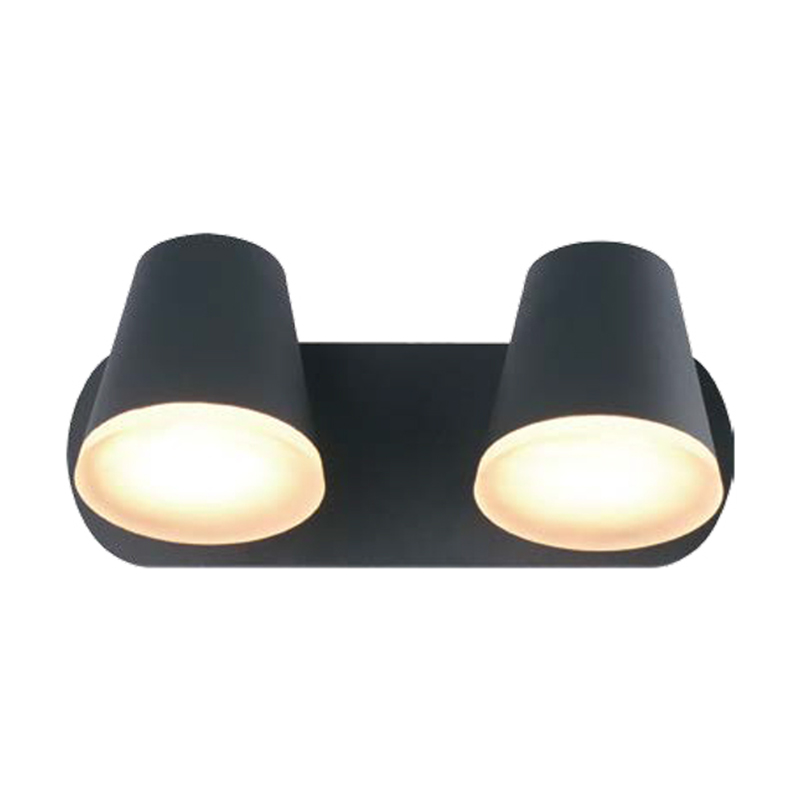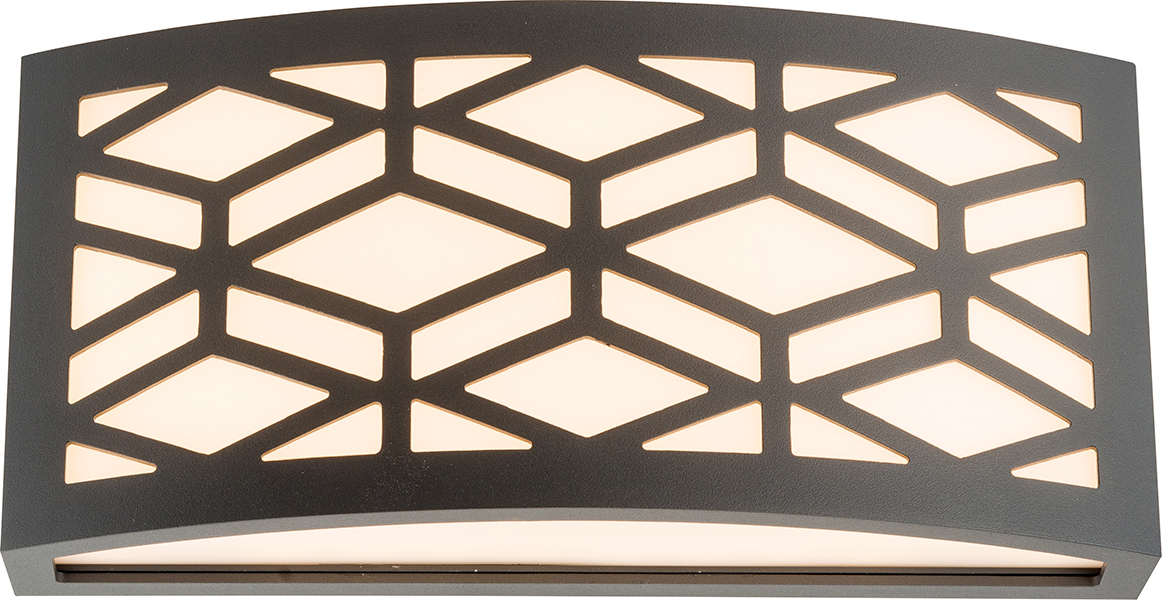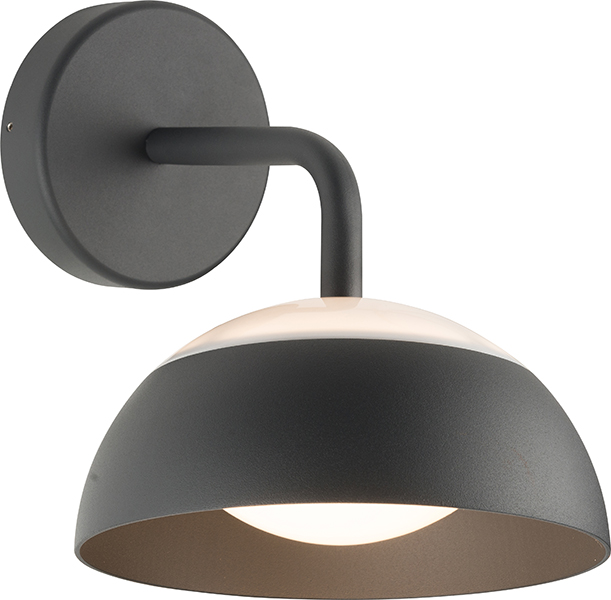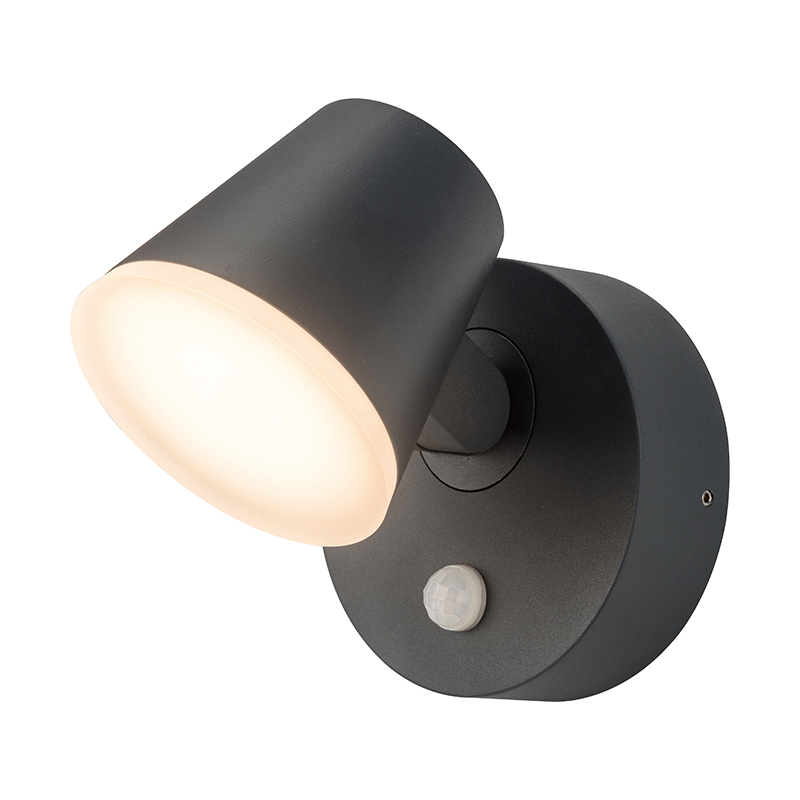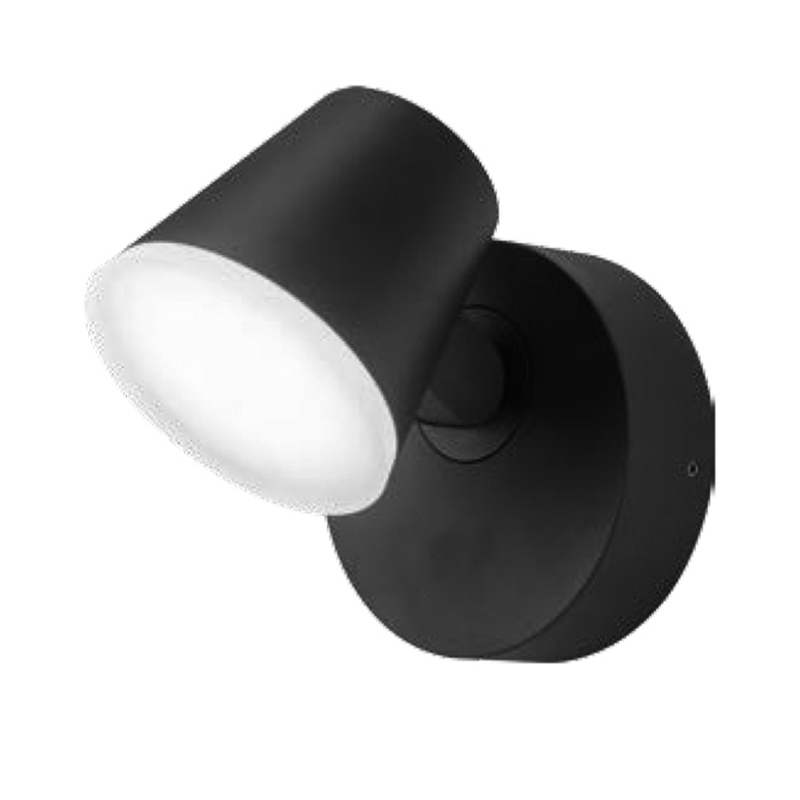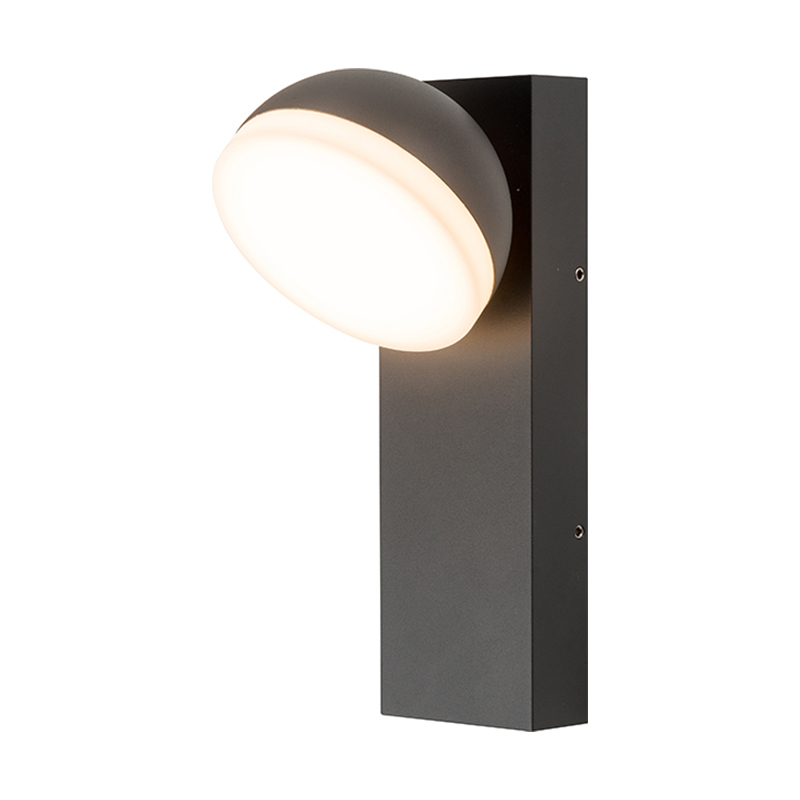
Why LED Outdoor Solar Lights are a Smart Choice to Reduce Your Carbon Footprint?
One of the most prominent advantages of LED outdoor solar lights is its energy source. Unlike traditional electric lamps, solar lamps do not rely on traditional power grids to provide electricity, but instead use solar energy, a clean, renewable natural resource. Whenever sunlight shines on solar panels, the panels absorb light energy and convert it into electricity. This energy conversion does not require the burning of fossil fuels or the release of harmful gases. Because of this, the use of solar LED lamps reduces dependence on traditional electricity, thereby avoiding carbon dioxide emissions generated during the electricity production process. This unique way of using energy can not only significantly reduce carbon emissions, but also help us move towards a more sustainable future in the context of global energy shortages and increasing environmental pressures.
The high energy efficiency of LED lamps is also an important factor in reducing carbon footprints. Compared with traditional incandescent and fluorescent lamps, LED lamps are much more energy efficient. LED lamps can consume less electricity at the same light intensity. This means that the use of LED outdoor solar lights can achieve higher lighting effects while consuming much less energy. While reducing electricity consumption, it also directly reduces carbon emissions generated during the power generation process. In some outdoor environments that require continuous lighting, LED lamps provide the same or even better lighting effects with less energy consumption, greatly reducing the carbon footprint.
The long life of LED lamps is another manifestation of their environmental advantages. Traditional bulbs usually need to be replaced regularly, while LED lamps have a service life far exceeding other types of lighting equipment, usually up to tens of thousands of hours. Such a long service life means that LED lamps do not need to be replaced frequently, thus reducing the waste generated by replacing bulbs. Waste generated during the production, transportation and disposal of lamps is often another source of carbon emissions. By reducing the frequency of lamp replacement and extending the use time, LED lamps not only reduce waste generation, but also reduce energy consumption and carbon emissions during manufacturing and transportation.
Another significant advantage of using solar LED lamps is that it helps reduce greenhouse gas emissions. Traditional electricity production methods, especially the combustion of fossil fuels such as coal and natural gas, will release a large amount of carbon dioxide and other greenhouse gases, which has a great impact on the global climate. The use of solar LED lamps does not need to rely on grid electricity, which avoids the emission of greenhouse gases during electricity production. In the context of global response to climate change, this kind of lamp is undoubtedly an important choice for achieving low-carbon living and reducing carbon emissions.
LED lamps do not contain harmful chemicals, which is also of great significance in the field of environmental protection. Traditional fluorescent lamps contain harmful ingredients such as mercury, which may cause environmental pollution if the bulb breaks. LED lamps do not contain these harmful substances, which are not only safer to use, but also effectively reduce environmental pollution. Especially in the process of garbage disposal and recycling, the environmental protection performance of LED lamps is more prominent. In this way, the use of solar LED lamps not only reduces carbon emissions, but also avoids other forms of pollution, further promoting the goal of sustainable development.
Product Category
News Category
- Detailed information
 Emily: emily@cn-hangjia.com
+86-158 8806 3776
Emily: emily@cn-hangjia.com
+86-158 8806 3776 Fanny: fanny@cn-hangjia.com
+86-134 8422 9778
Fanny: fanny@cn-hangjia.com
+86-134 8422 9778 Tina
: tina@cn-hangjia.com
+86-159 5829 3091
Tina
: tina@cn-hangjia.com
+86-159 5829 3091 Address : East Industrial Park Linshan Town Yuyao City Zhejiang Province
Address : East Industrial Park Linshan Town Yuyao City Zhejiang Province

 English
English 中文简体
中文简体